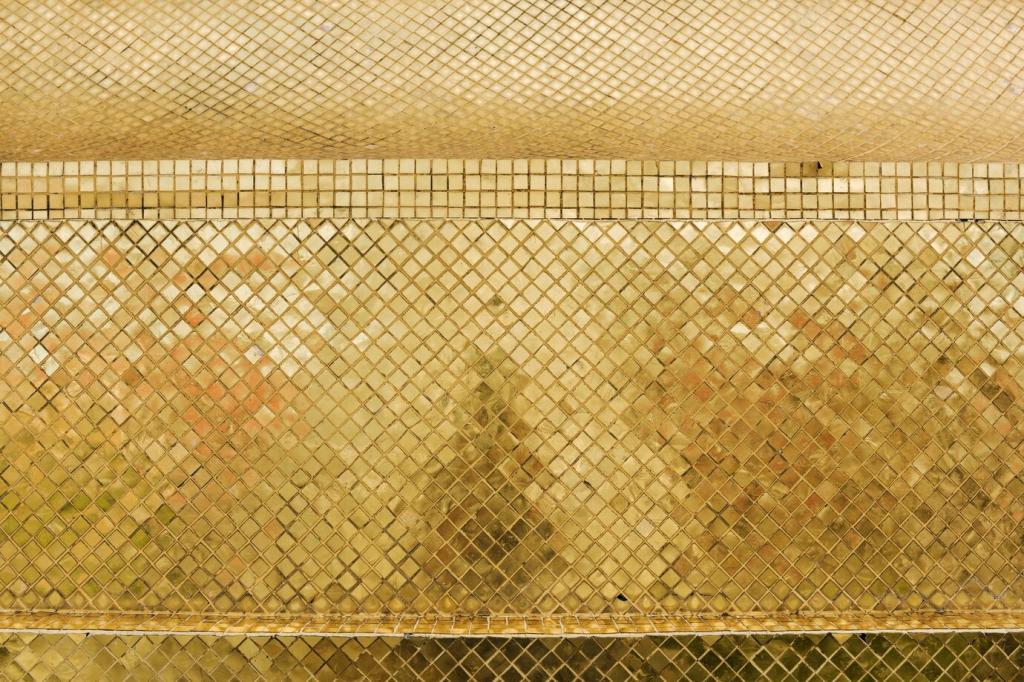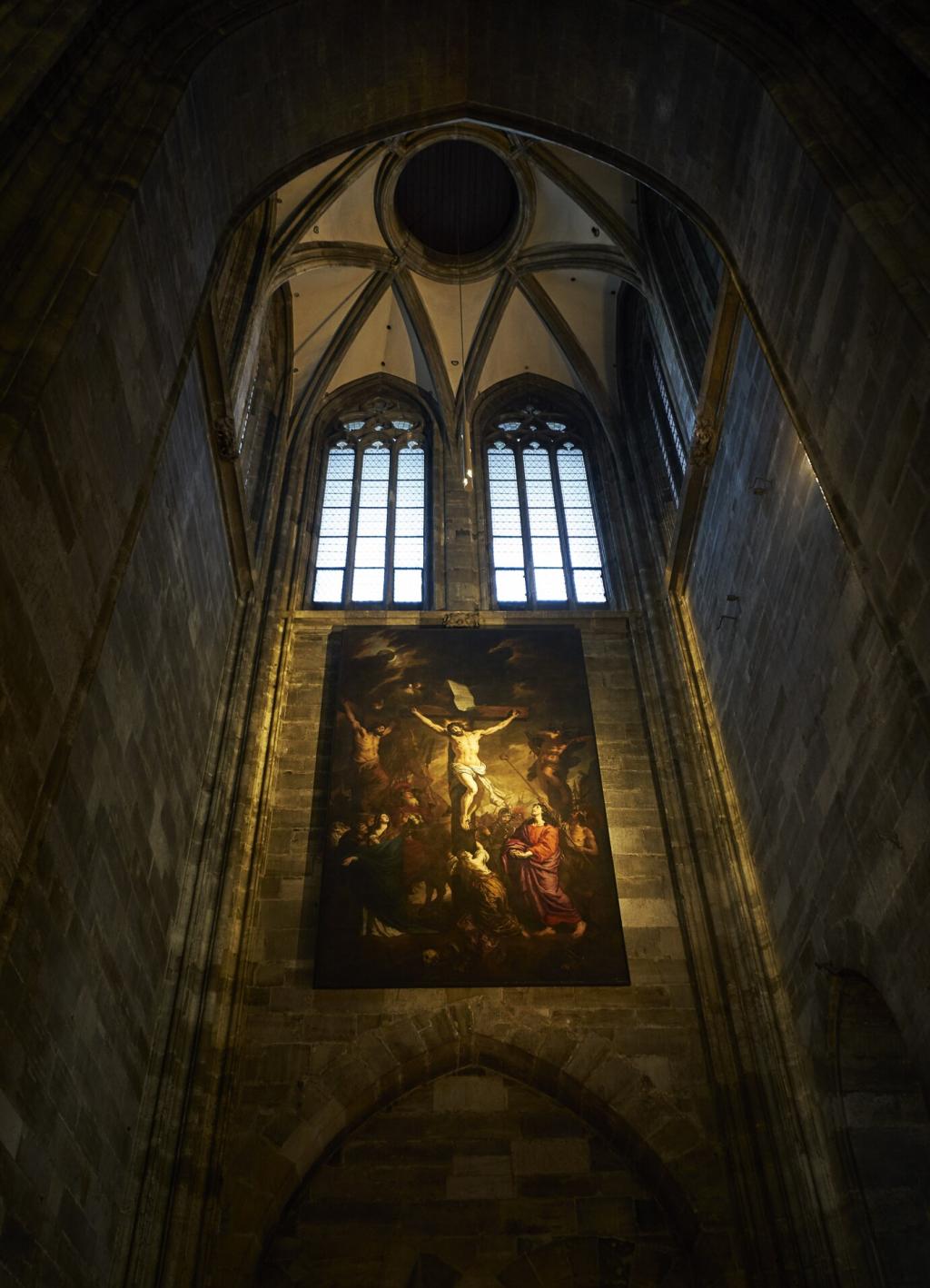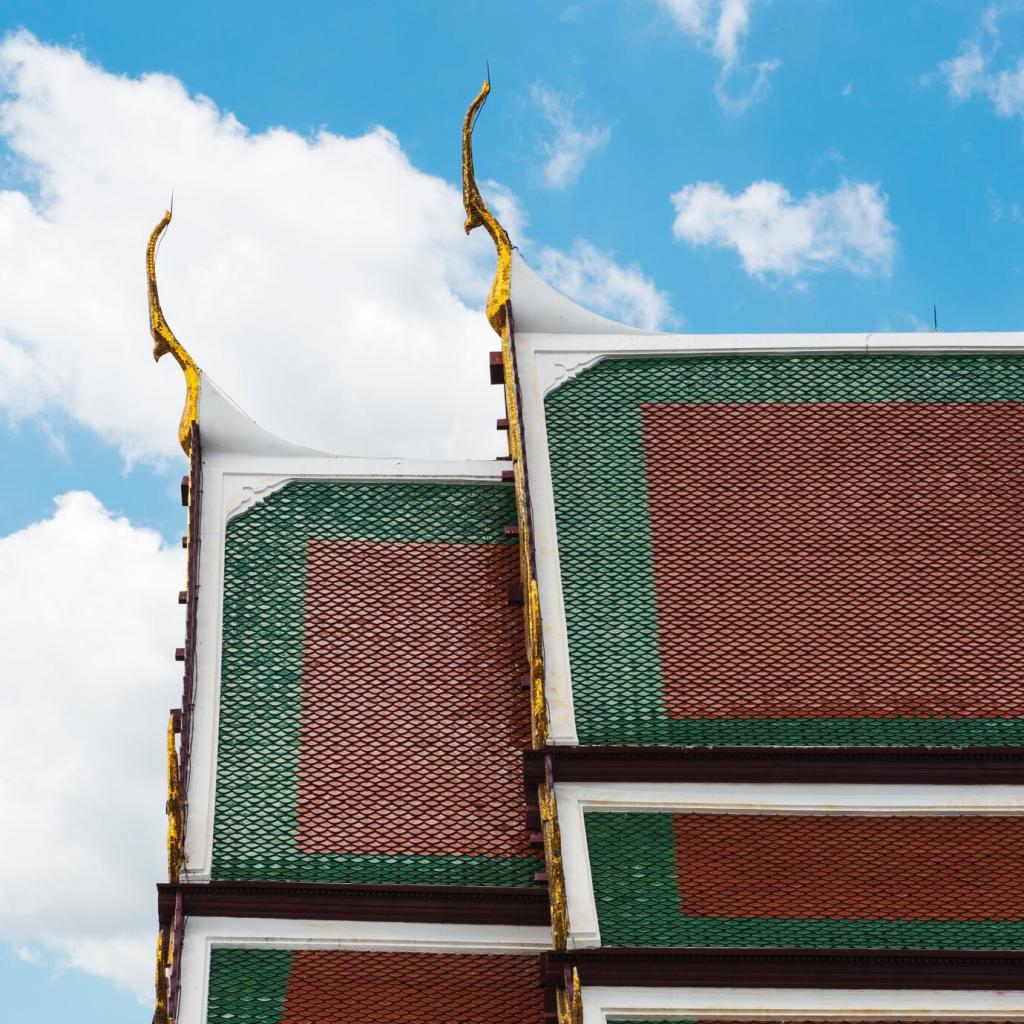Two Painters, One Rope
Around 1911, curators sometimes struggled to tell their canvases apart. That was the point: shared questions mattered more than individual showmanship. Which painter’s touch do you recognize now—Picasso’s spark or Braque’s quiet rigor? Post your take and compare notes with others.
Two Painters, One Rope
Juan Gris brought crystalline order, harmonizing planes like chords in music. His Still Life with Checked Tablecloth stacks clarity with wit. If Gris were a sound, what would you hear—clarinet, piano, or bell? Add your metaphor and follow for artist spotlights.
Two Painters, One Rope
At the 1911 Salon des Indépendants, a concentrated display of Cubist works sparked controversy and curiosity. Viewers argued, whispered, returned. Imagine stepping into that room: what would you notice first—the geometry or the daring? Tell us, and join our newsletter for museum guides.
Two Painters, One Rope
Lorem ipsum dolor sit amet, consectetur adipiscing elit. Ut elit tellus, luctus nec ullamcorper mattis, pulvinar dapibus leo.





